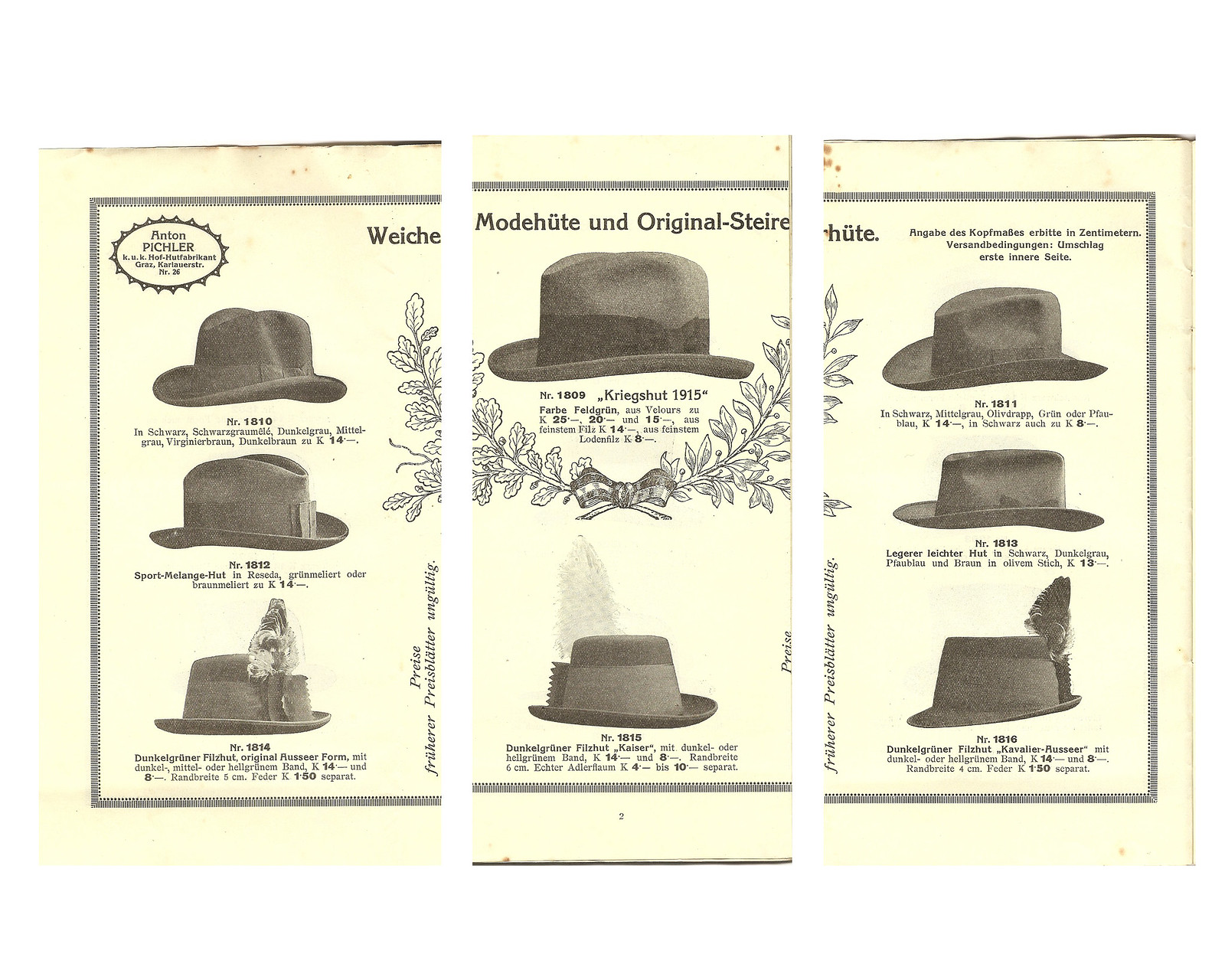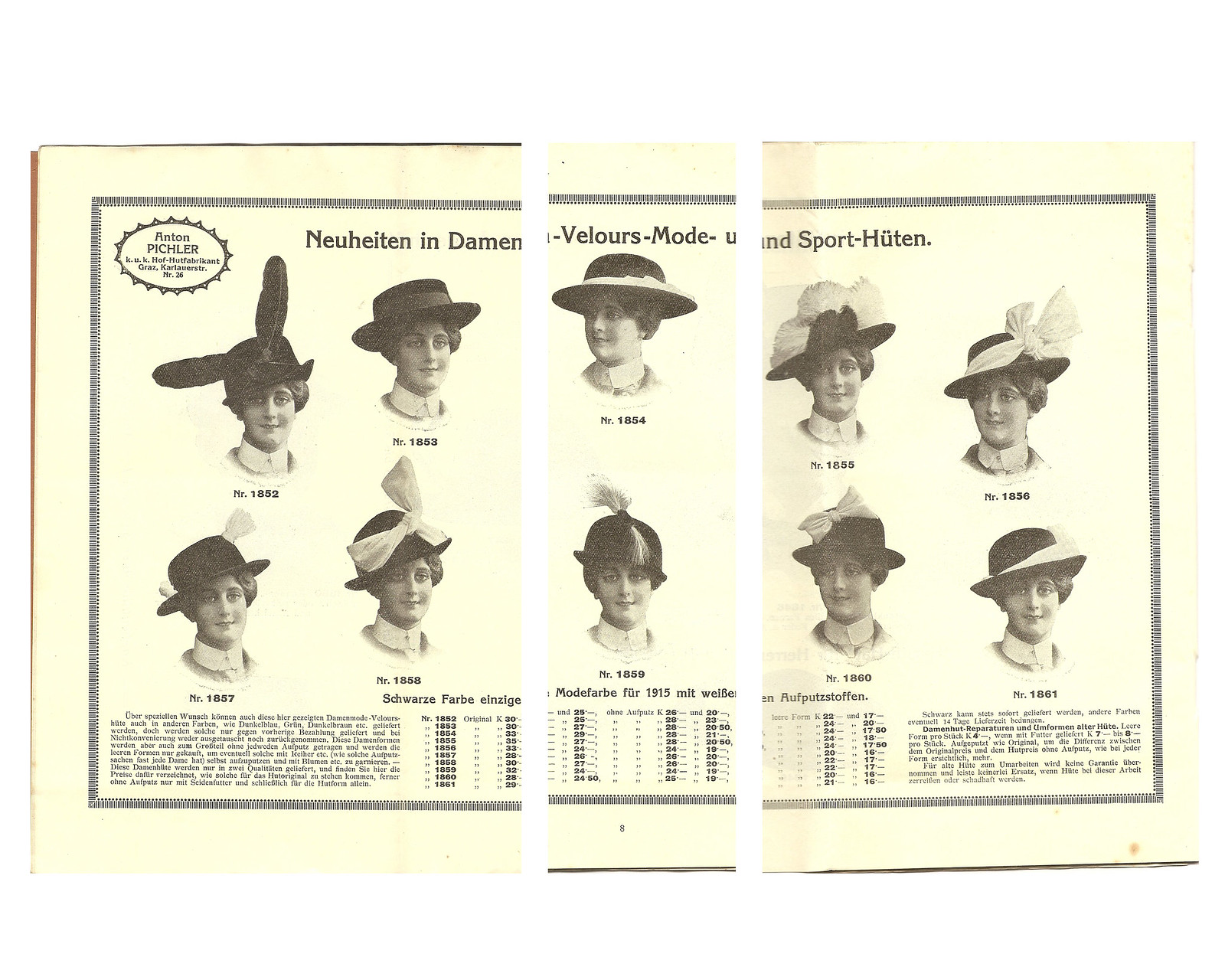Daniele Tanto
I'll Lock Up
- Messages
- 4,352
- Location
- Verona - Italia
Or never worn! This is part of the Bohemian treasure.
Wonderful!
Inviato dal mio GT-S7500 con Tapatalk 2
Wonderful!
Inviato dal mio GT-S7500 con Tapatalk 2


































